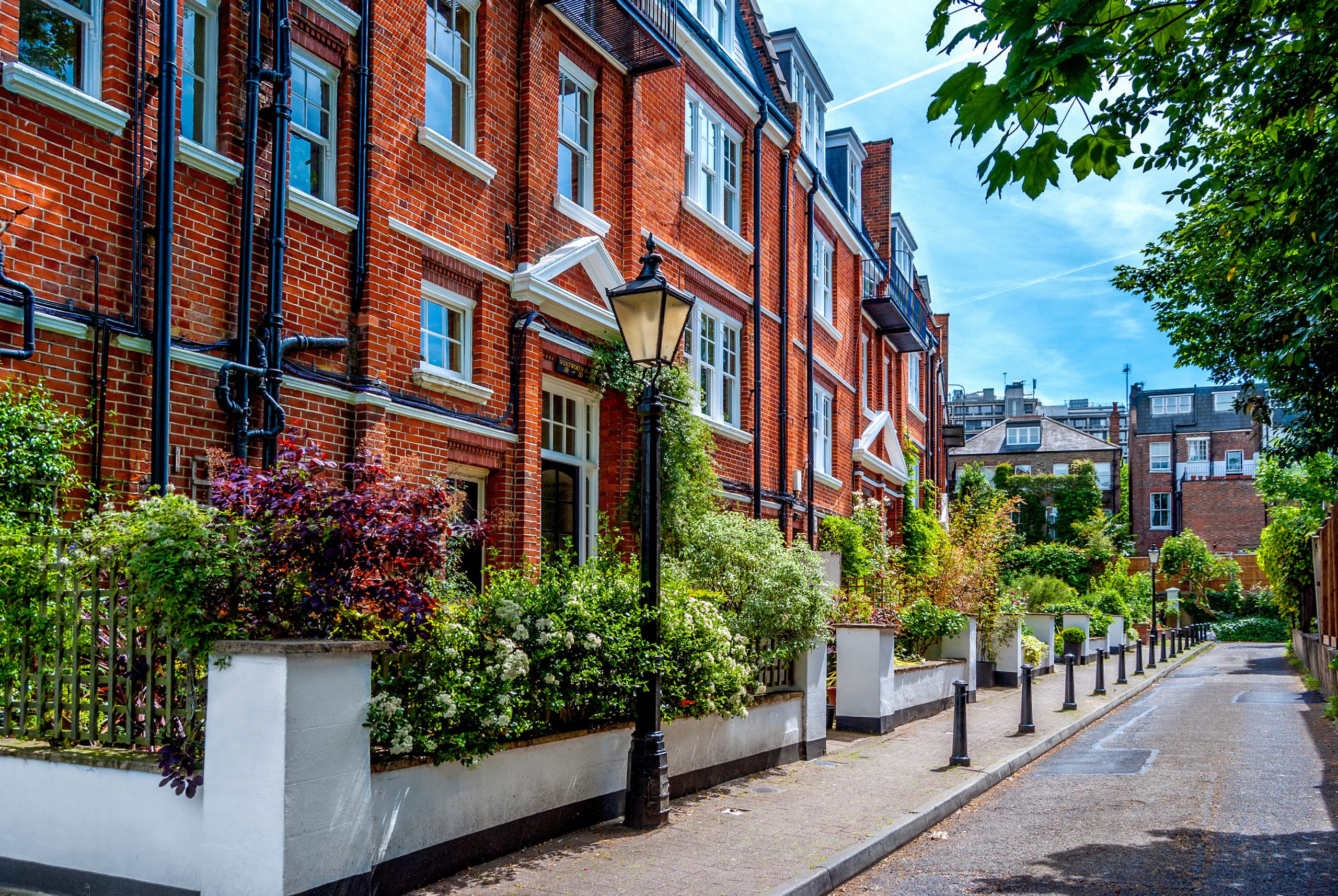Level 2 vs Level 3 Survey: Which One Do You Need?
Choosing the right survey level can save you money, avoid surprises, and help you negotiate better. You’ll often hear about Level 2 and Level 3 surveys. These are different types of home condition surveys that describe how much detail you’ll get in inspecting the property.
What is a Level 2 Survey?
A Level 2 survey (also known as a HomeBuyer Report) is mid-range in terms of detail. Key features include:
- Conducted by a RICS-registered surveyor.
- Visual inspection of all accessible, visible parts of the property: roof, external walls, windows, doors, main structural elements.
- Identifies defects, visible issues, potential problems that might affect value.
- Offers a condition rating of the property.
- Provides professional advice, often including recommendations for maintenance or repair.
Suitable for:
- Properties built more recently (often within the last 50 years).
Compare My Move - Homes in generally good condition.
- Conventional build materials and methods (no unusual or historic features).

What is a Level 3 Survey?
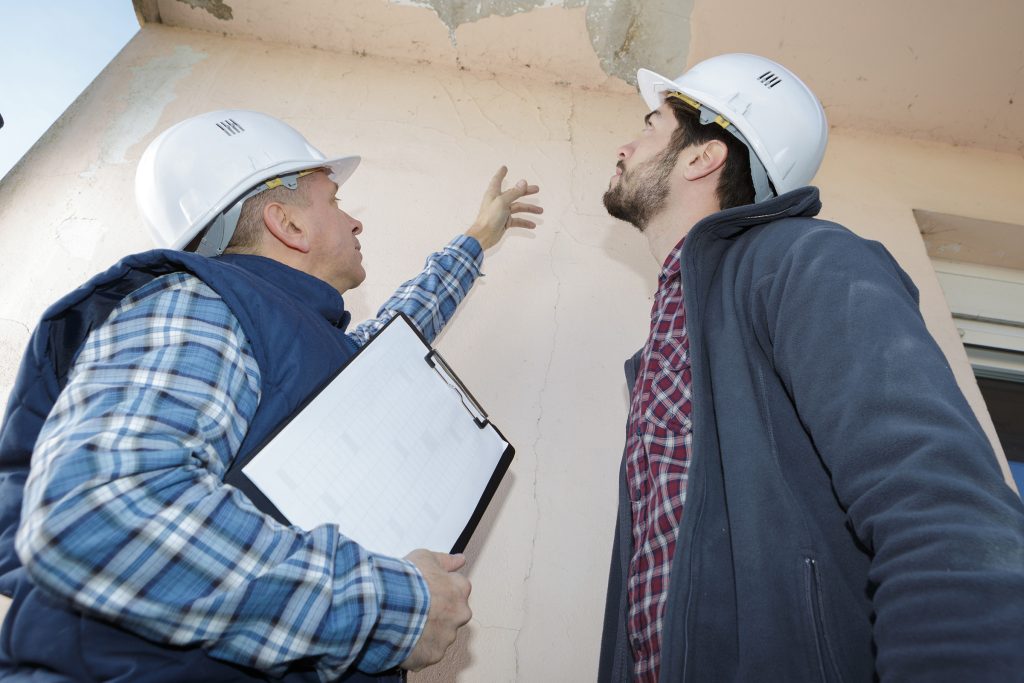
A Level 3 survey (also called a Building Survey or Structural Survey) gives a much more thorough examination than Level 2.
Key inclusions:
- A detailed inspection by a RICS-registered surveyor of both visible and (where possible) somewhat hidden elements of the property.
- Assessment of foundations, roof structure, walls including internal fabric, plumbing, electrical systems (where visible), damp, rot, insect or pest damage.
- More focus on construction methods, materials, performance and how they may degrade over time.
- More extensive advice on remedial works, structural defects, and potentially cost implications.
Recommended for:
- Older or historic properties (often over 50 years old).
- Properties with unusual construction, non-standard materials, or significant alterations/extensions.
- Homes in moderate to poor condition, or where you suspect hidden defects.
- If you are planning major renovations.
Key Differences at a Glance
| Feature | Level 2 | Level 3 |
|---|---|---|
| Describes the construction and condition of the property on the date of the inspection, noting potential issues and visible defects before any transaction takes place | ||
| Identifies any problems the surveyor can see that are serious or that need urgent attention, and/or things that need to be investigated further to prevent serious damage | ||
| Includes the standard visual inspection (does not remove secured panels, electrical fittings, inspection chamber covers, or other similar features) | ||
| Helps you decide whether you need extra advice before committing to purchase | ||
| Advises on the amount of ongoing maintenance required in the future, and helps you to budget for any repairs or restoration | ||
| Includes more extensive roof space and drainage chamber inspection | ||
| Establishes how the property is built, what materials are used and how these will perform in the future | ||
| Describes visible defects and potential problems posed by hidden defects | ||
| Describes the repair options, gives you a repair timeline and explains the consequences of not carrying out repairs | ||
| A longer and more detailed visual inspection of a wider range of issues, including a more thorough consideration of the roof space, grounds, floors and services |
Level 2 Survey
Depth of Inspection: Visual, accessible only
Structural detail: Some basic structural issues
Suitability: Newer, good-condition properties
Cost (UK average): Lower
Usefulness for renovation planning: Limited
Level 3 Survey
Depth of Inspection: Much more detailed; may highlight hidden issues
Structural detail: Detailed assessment of structure, materials, and performance
Suitability: Older, altered, historic, or problematic properties
Cost (UK average): Higher
Usefulness for renovation planning: Much better


Which Survey Should You Choose?
Here are some guidelines to help you decide:
Choose a Level 2 survey if:
- The property is relatively modern, built using standard materials.
- It appears in good condition with no obvious structural issues.
- You’re not planning major renovations.
Go for a Level 3 survey if:
- The home is older, maybe over 50 years, or in a conservation area.
- There have been extensions, alterations, or there’s something unusual about the build.
- You suspect there might be hidden issues (damp, wood rot, structural movement, etc.).
- You intend to do structural work or major renovations and want full information.
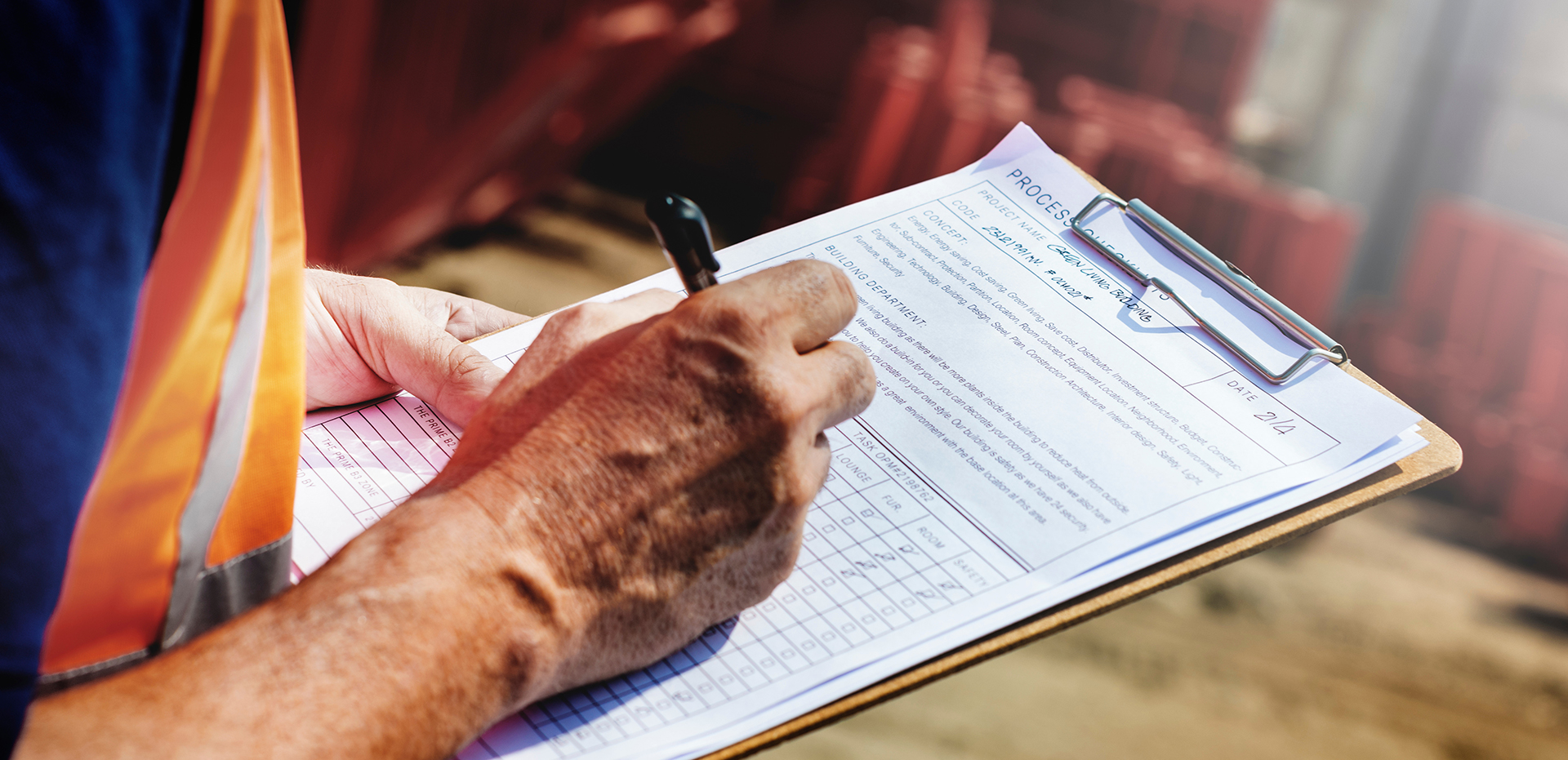
Costs & What to Expect
The exact cost depends on the size, location, age, condition, complexity of the property, and how much access there is.
Speak with a member of our team today
Buying a home in London is one of the biggest investments you’ll ever make – make sure it’s the right one.
Call us on 02080642480



Why Choose Us?
RICS Chartered Surveyors
Fully qualified, regulated, and experienced
Clear, Jargon-Free Reports
Easy-to-understand findings with traffic light ratings.
Fast Turnaround
Reports delivered promptly to keep your purchase on track.
Local Expertise
In-depth knowledge of properties across London and the South East.
Personal Support
Direct contact with your surveyor to guide you through the report and advise on your next steps.
Frequently Asked Questions
1. What is the main difference between a Level 2 and a Level 3 survey?
A Level 2 survey (HomeBuyer Report) provides a visual inspection of accessible areas and highlights obvious defects, while a Level 3 survey (Building Survey) goes into much more depth, examining structure, materials, and potential hidden issues.
2. Which survey is better for older houses?
A Level 3 survey is strongly recommended for older properties (typically 50+ years), listed buildings, or homes with unusual construction. It provides the detail needed to identify age-related issues.
3. Is a Level 2 survey enough for a new build?
Yes, for most newer homes in good condition, a Level 2 survey is usually sufficient. However, a snagging survey may be more appropriate if the property is a brand-new build.
4. Do surveyors look under the floor or behind walls?
No. Both Level 2 and Level 3 surveys are non-invasive, meaning surveyors only inspect what is visible or reasonably accessible. They will not lift floorboards or remove plaster.
5. Can a survey reduce the price of a property?
Yes. If a survey uncovers issues such as damp, roof repairs, or structural problems, you may be able to renegotiate the asking price or request repairs before completion.
6. Should I always choose a Level 3 survey?
Not necessarily. If the property is fairly modern, built with standard materials, and appears in good condition, a Level 2 survey should be adequate. A Level 3 survey is best when the risk of hidden issues is higher.
What Our Customers Say
Latest Resources
Looking to learn more about surveying and how it can help your project? Our latest articles and guides break things down in simple, practical terms. From helpful tips to updates on the newest tools, this section gives you clear insights and support every step of the way.

Should You Get a Drone Survey Before Buying a Property in London?
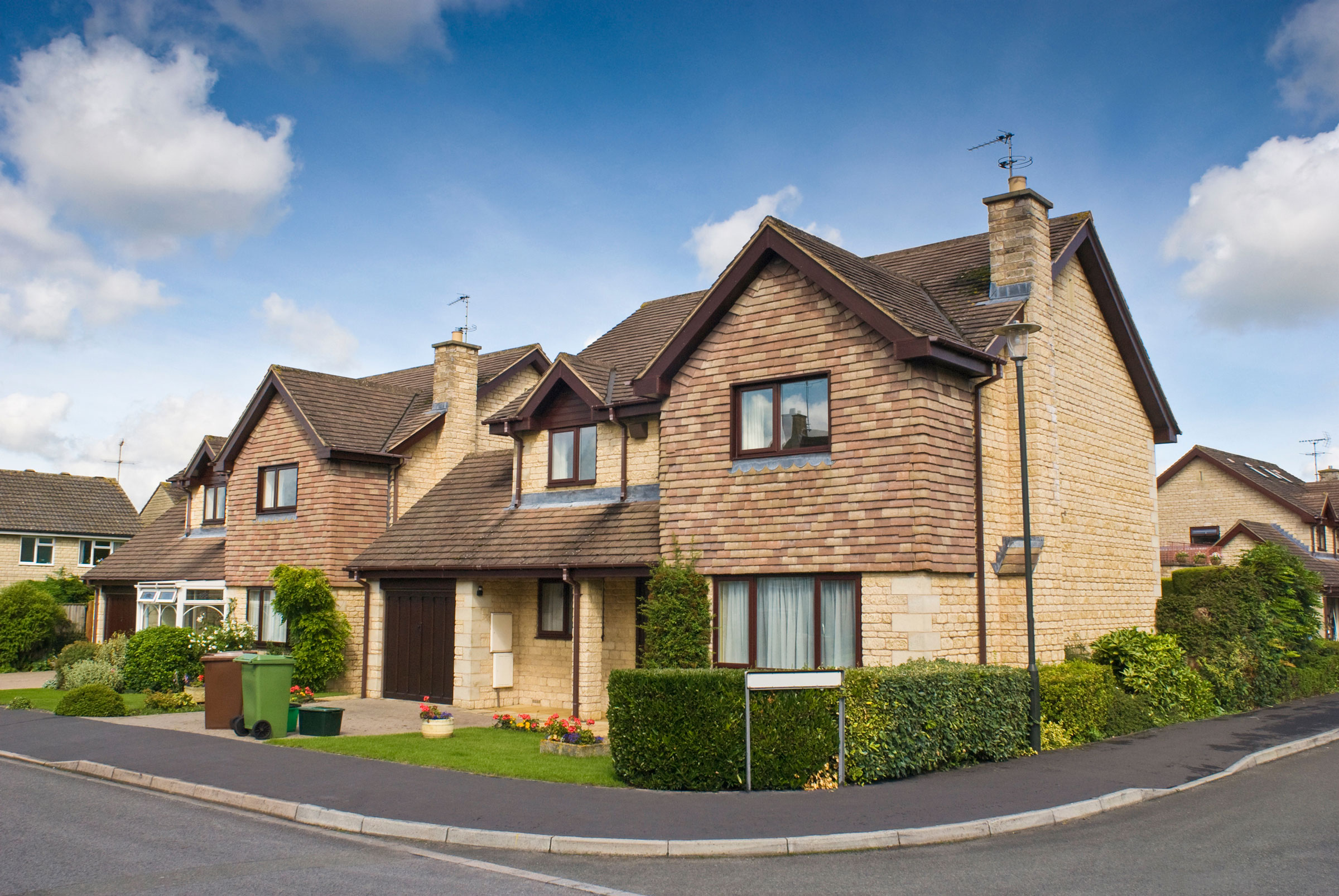
How Much Does a Chartered Surveyor Cost in London?
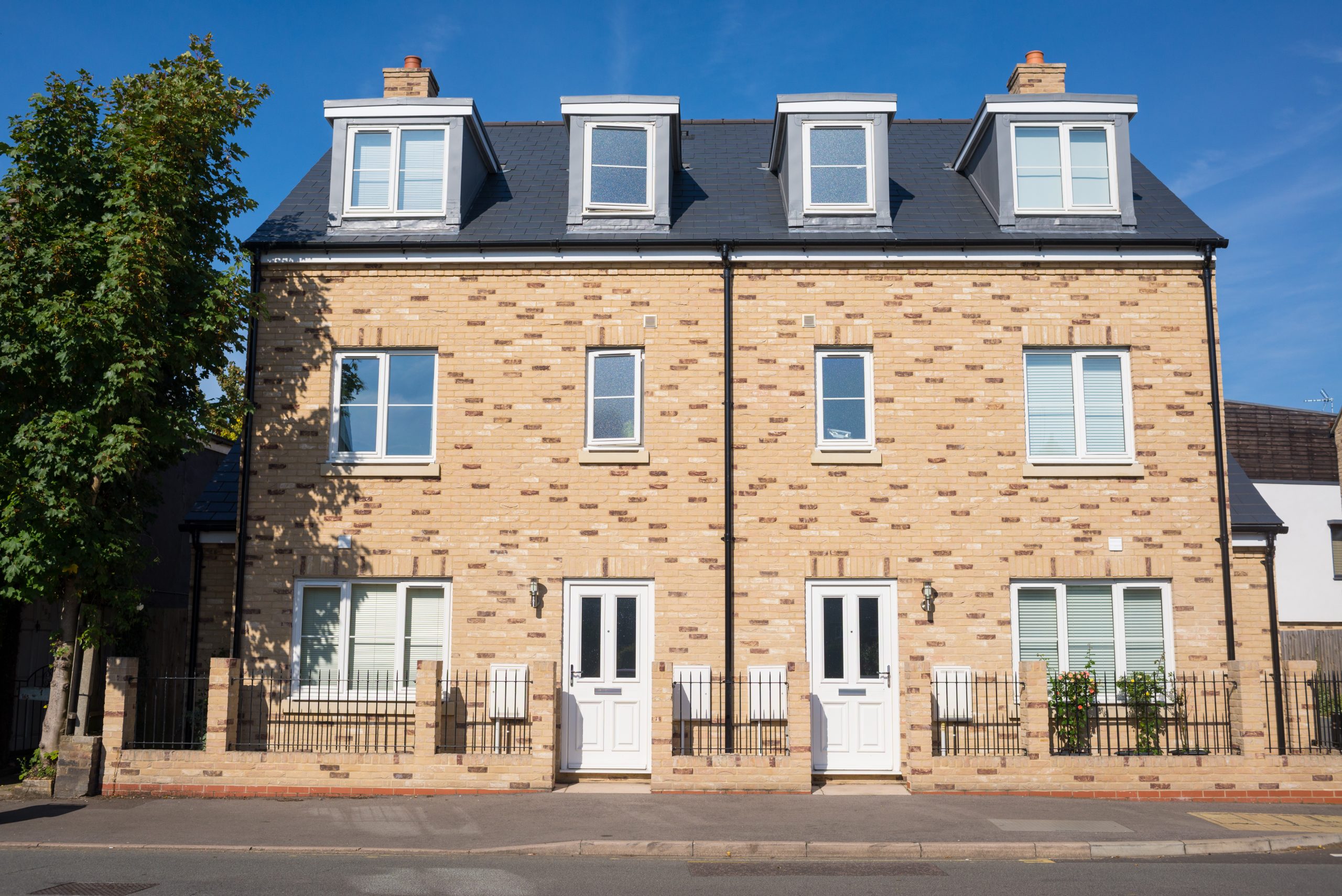
Understanding Different Types of Damp In Properties and How To Resolve Them
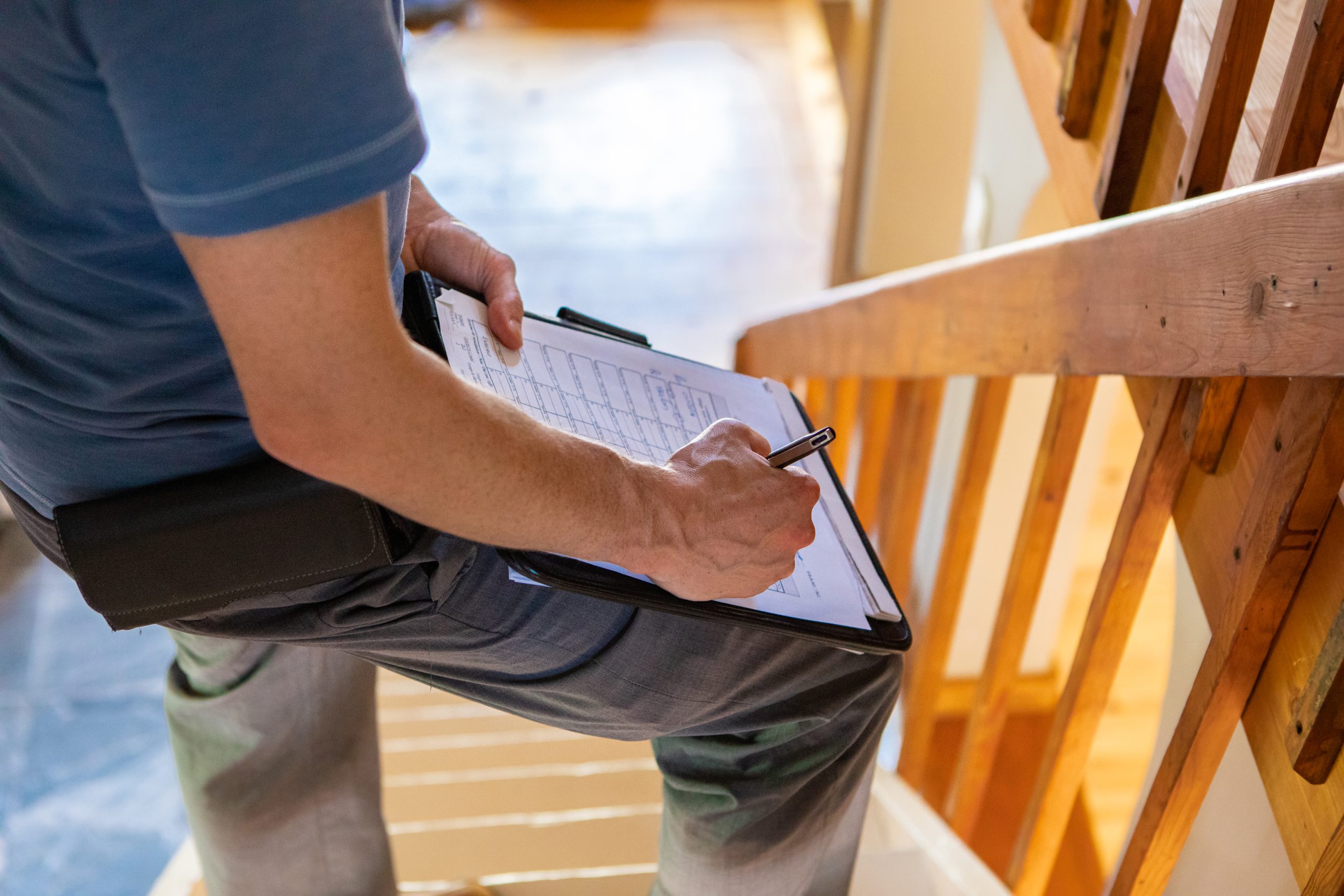
The Importance of a Homebuyer’s Report

Reasons Why You Should Get A RICS Professional To Snag your House?
Connect With Us
We’re excited to connect!
Reach out to us using the details below.


